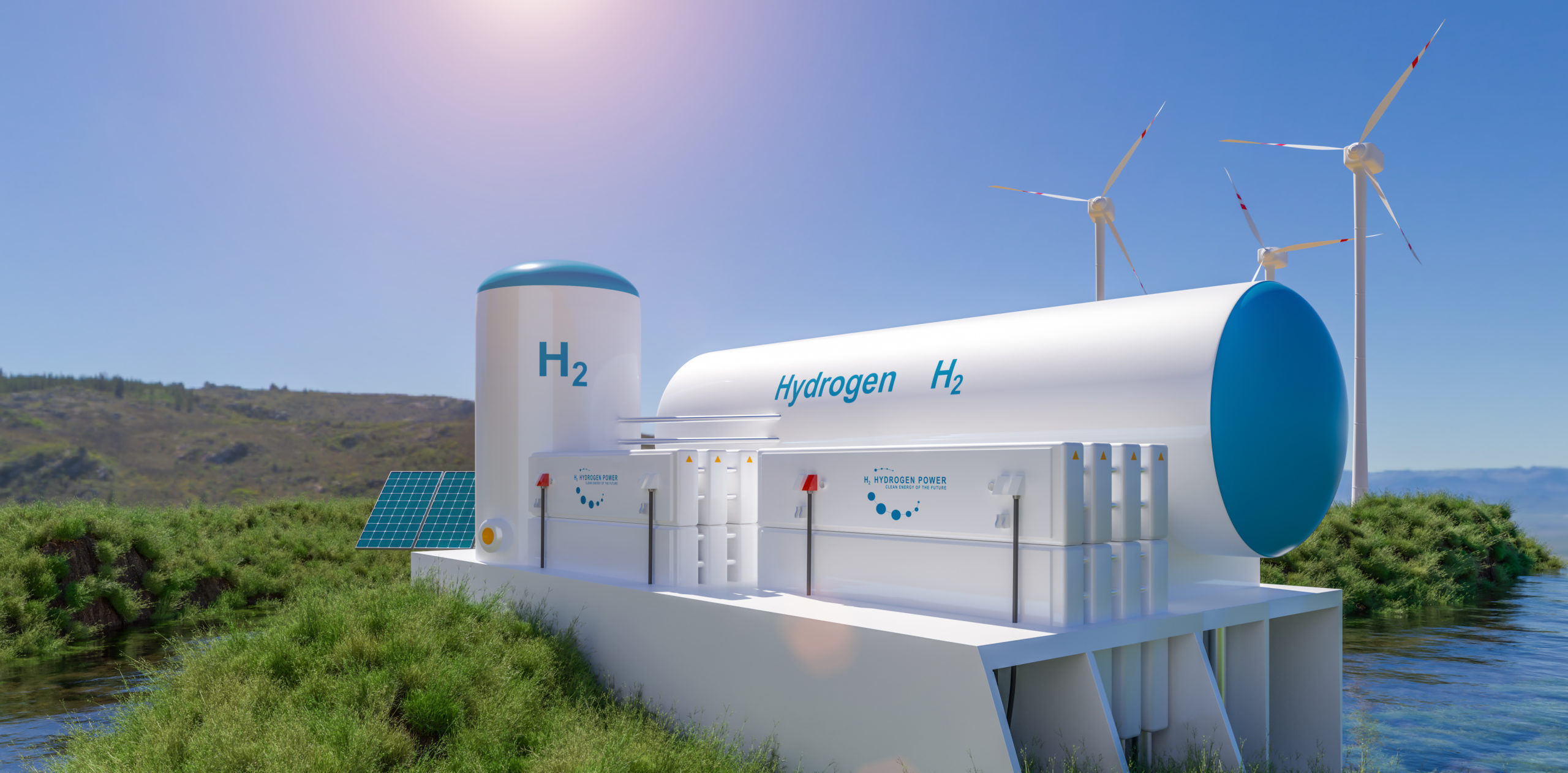Immersion Heaters in Oil Storage Tanks
Last updated on May 2nd, 2025 at 07:30 am
Industrial liquids like heavy oil, lubricants, asphalt, and bitumen must be stored at certain temperatures so that the liquids maintain their fluidity. Many fluids turn to a heavy viscous matter at room temperature and some into solid or semi-solid states. So, keeping the viscosity lower is important to ensure flow assurance. 
At storage tank farms, oil batteries, oil refineries, or even on remote well sites these liquids are stored in tanks. It is important that tanks are not only insulated but also there is a source of heat provided to reduce viscosity. Electric immersion heaters are an ideal heat source because of their efficient and compact design.
Immersion heaters provide the necessary heat for storage tanks. In this article, we discuss their application and advantages versus contemporary systems like steam boilers-based heating systems.
Immersion Heaters in Oil Storage Tanks
Fuel, raw crude products, lubricants, and heavy oil require storage at temperatures that allow for easy transportation. To achieve this, the heating system is installed at the port terminal, tank farm, or refinery.
The importance of these heating systems is paramount where the storage tanks are exposed to subzero temperatures. Cold conditions mandate a tank heater system along with back up heating systems. There are three key ways of heating oil storage tanks.
- Steam Heating
- Thermal oil systems
- Electric immersion heaters
The liquids should be heated at a temperature slightly higher than the temperature at which the viscosity is low enough for them to flow. This prevents the liquids from solidifying while being transferred to the tank.
As well, when pumping liquid from a tank to another location it is important to increase the temperature. This way, the transfer pump consumes less energy. The more viscous the fluid, the more energy transfer the pump will consume.
Heavy oil, bitumen, and asphalt have a higher risk of solidifying during transport. Oil storage tank insulation is not sufficient without the aid of a heating system.
Steam Heating
Sometimes, in more complex systems, the entire bundle of coils is inserted into the tank. Low or medium pressure steam from the boiler is injected or passed through the coil. The coil transfers the latent heat to the fluid in the storage vessel.
Another version of such application injects the steam inside of the jacket or space between the inner wall and outer wall of the double-walled insulated industrial storage tank. The steam transfers its latent heat to the storage fluid and turns into condensate. The condensate then returns to the steam return header.
One of the disadvantages of these systems is the overall capital expenditure. Steam generation systems are expensive, have high maintenance costs, and potential risks due to product damage due to unforeseen shutdowns.
Careful calculation of differential pressures is important. If condensate is going to the return header then the pressure at the heat exchanger should be more compared to the return heater. If the pressure at the heat exchange is slightly higher or equal to the return header pressure the condensate can backflow. This results in exchanger stall, reducing the overall heat transfer due to a reduction of the surface area of heat transfer. Thus reducing the temperature of the storage fluid resulting in costly breakdown and maintenance.
Flanged Heaters
In comparison with steam heating systems, electric immersion heaters are simple. Flanged heaters are installed through the side of the tank and are easily replaced. Flanged type electric immersion heaters are ideal because they contain pressure inside the tank. As such, there is a lower risk of it leaking into the atmosphere.
Electric immersion heaters have a much smaller environmental footprint compared to steam heating systems. As well, electric immersion heaters offer a wide variety of temperature control ranges and lower life cycle costs.
Circulation Heaters
Circulation immersion heaters are best for indirect heating. The main consideration when selecting electric immersion heaters is the available power and support structures (transformer, distribution boxes, cable, and breakers).
Direct heating applications, like electric immersion heaters, use 3 or 4 heaters strategically located along different points at the bottom of the tank. Special care must be taken that only heaters classified for the area are used. For example, consider whether they require explosion-proof housings.
Thermal Fluid Heating
Another method commonly used in indirect heat transfer is using thermal fluids, like heating oils, instead of steam. This makes the system more efficient compared to steam systems, requiring less maintenance intensive due to their lack of corrosion-related issues.
Also read: Fuel Oil Handling System-Design and Considerations
Immersion Heaters Vs Other Heating Methods
There are multiple methods of heating industrial storage tanks. A common method is steam heating. Steam heaters require a boiler as well as steam heaters, pipe valves fittings, and piping. There is a grill or a coil present inside the tank acting like a heat exchanger.
Conclusion
Electric immersion heaters demonstrate the flexibility and ability to transfer more electrical energy to the products in storage tanks. They are a well established method of heating storage vessels.
Direct heating applications use a flanged type immersion heating bundle inserted directly in the tank sides to heat the fluid. Applications requiring indirect heating pump fluid to an external heater with circulation immersion heaters nearby. From there it can either be pumped back to the storage tank or sent directly to the dispersion point.
In some indirect applications, the electric immersion heaters are built in the walls of the insulated tank, eliminating the need to drain the tank for repairs or maintenance.
Another advantage of the electric immersion heaters is that electrical heating eliminates the need for stacks that monitor the emissions and the need for monitoring the air quality and boiler permits and annual inspection/recertification which reduces the life cycle cost but also helps the organizations reach their sustainability goals.
